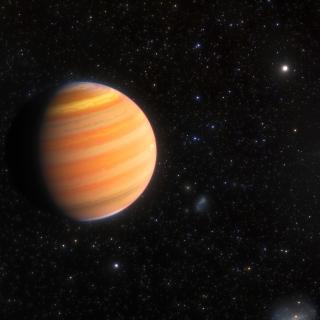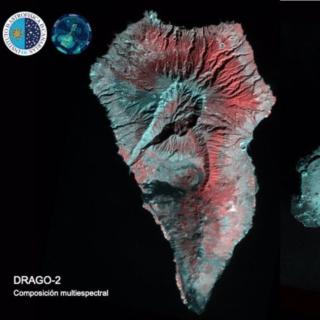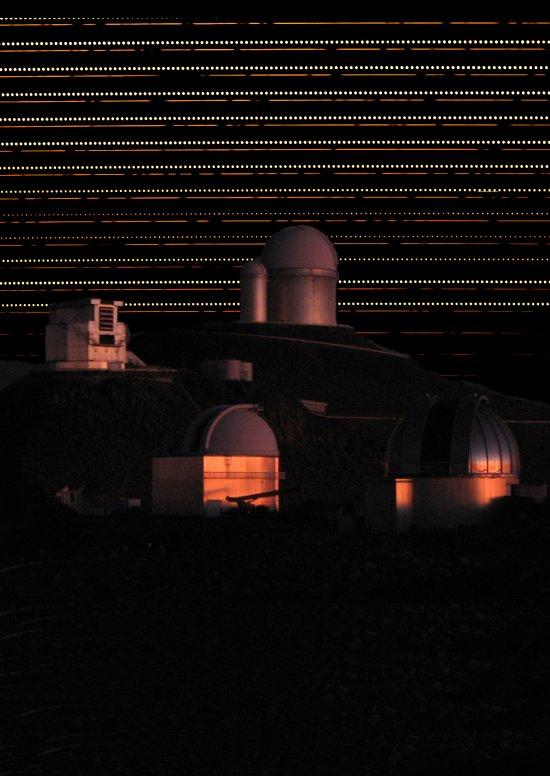It may interest you
-
 Next Friday, May 23, at 17:30, the Museum of Science and the Cosmos of Tenerife will host the popular science lecture "The James Webb Telescope: Highlights and Life Beyond Earth," delivered by the renowned British astronomer Martin Ward, Emeritus Temple Chevallier Professor of Astronomy at the University of Durham (UK) and Fellow of the Royal Astronomical Society . This event, organised as part of the European ExGal-Twin Project , will offer the public a unique opportunity to learn about the most significant advances made by the James Webb Space Telescope, the largest and most powerfulAdvertised on
Next Friday, May 23, at 17:30, the Museum of Science and the Cosmos of Tenerife will host the popular science lecture "The James Webb Telescope: Highlights and Life Beyond Earth," delivered by the renowned British astronomer Martin Ward, Emeritus Temple Chevallier Professor of Astronomy at the University of Durham (UK) and Fellow of the Royal Astronomical Society . This event, organised as part of the European ExGal-Twin Project , will offer the public a unique opportunity to learn about the most significant advances made by the James Webb Space Telescope, the largest and most powerfulAdvertised on -
 An international scientific team, in which the Instituto de Astrofísica de Canarias (IAC) participates, has discovered the extremely eccentric orbit of a gas giant exoplanet. This world, called TIC 241249530 b, not only follows one of the most drastically stretched-out orbits of all known transiting exoplanets, but also is also orbiting its star backwards, lending insight into the mystery of how these high-mass gas giants evolve into hot Jupiters , with very close and circular trajectories. The study is published in Nature. Within the population of known exoplanets, there are those thatAdvertised on
An international scientific team, in which the Instituto de Astrofísica de Canarias (IAC) participates, has discovered the extremely eccentric orbit of a gas giant exoplanet. This world, called TIC 241249530 b, not only follows one of the most drastically stretched-out orbits of all known transiting exoplanets, but also is also orbiting its star backwards, lending insight into the mystery of how these high-mass gas giants evolve into hot Jupiters , with very close and circular trajectories. The study is published in Nature. Within the population of known exoplanets, there are those thatAdvertised on -
 The Instituto de Astrofísica de Canarias (IAC) has started its development of DRAGO-3 , the third generation of its instrument: Demonstrator for Remote Analysis of Ground Observations (DRAGO), designed for Earth observation from space in the short wave infrared region of the spectrum (SWIR). This new instrument comes after the success of DRAGO-1 and DRAGO-2 , which have proved their utility in key applications such as following volcanic eruptions, hydrological monitoring of regions affected by climate change, and the control of forest fires. Both the previous models have shown theirAdvertised on
The Instituto de Astrofísica de Canarias (IAC) has started its development of DRAGO-3 , the third generation of its instrument: Demonstrator for Remote Analysis of Ground Observations (DRAGO), designed for Earth observation from space in the short wave infrared region of the spectrum (SWIR). This new instrument comes after the success of DRAGO-1 and DRAGO-2 , which have proved their utility in key applications such as following volcanic eruptions, hydrological monitoring of regions affected by climate change, and the control of forest fires. Both the previous models have shown theirAdvertised on
